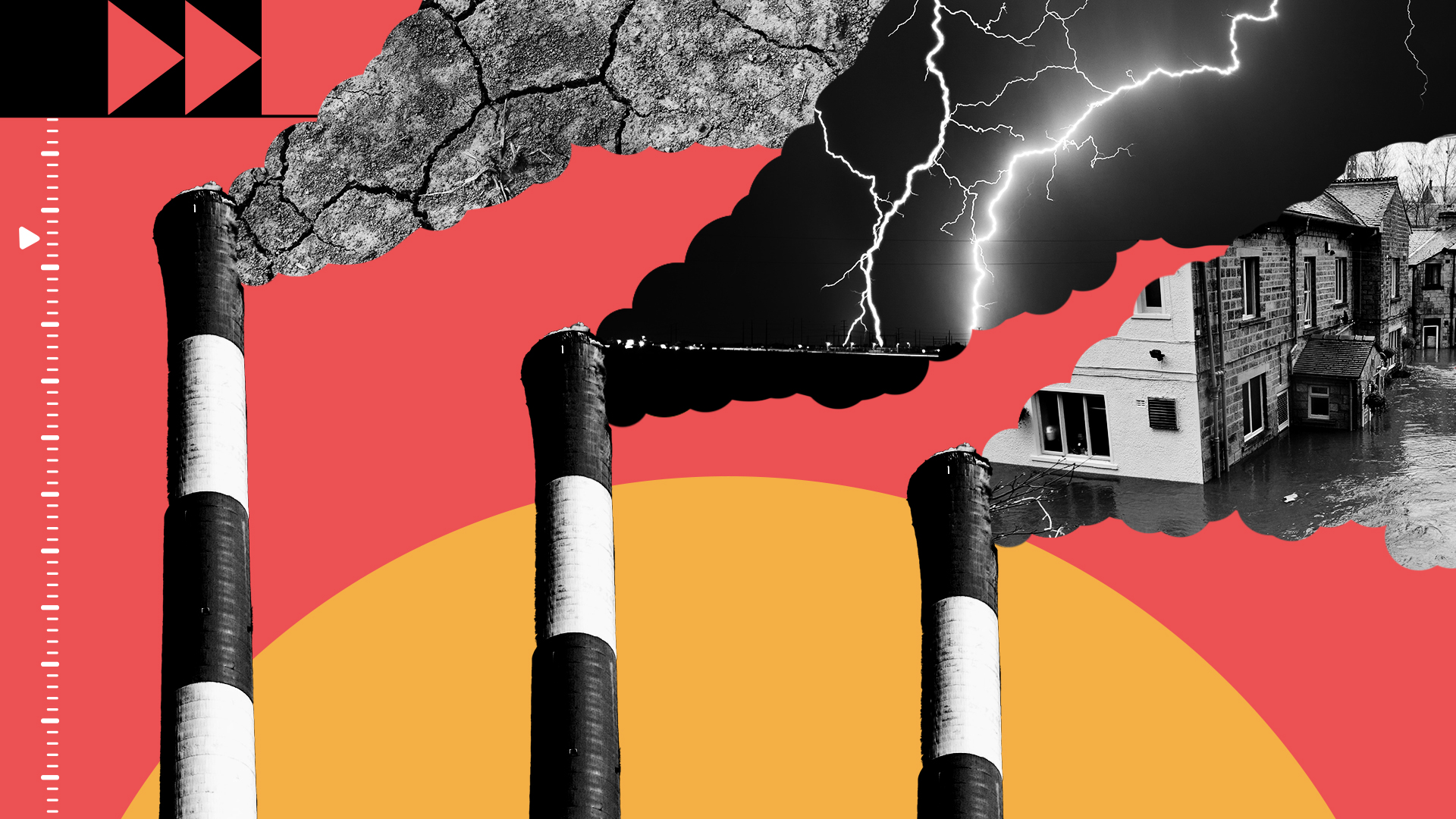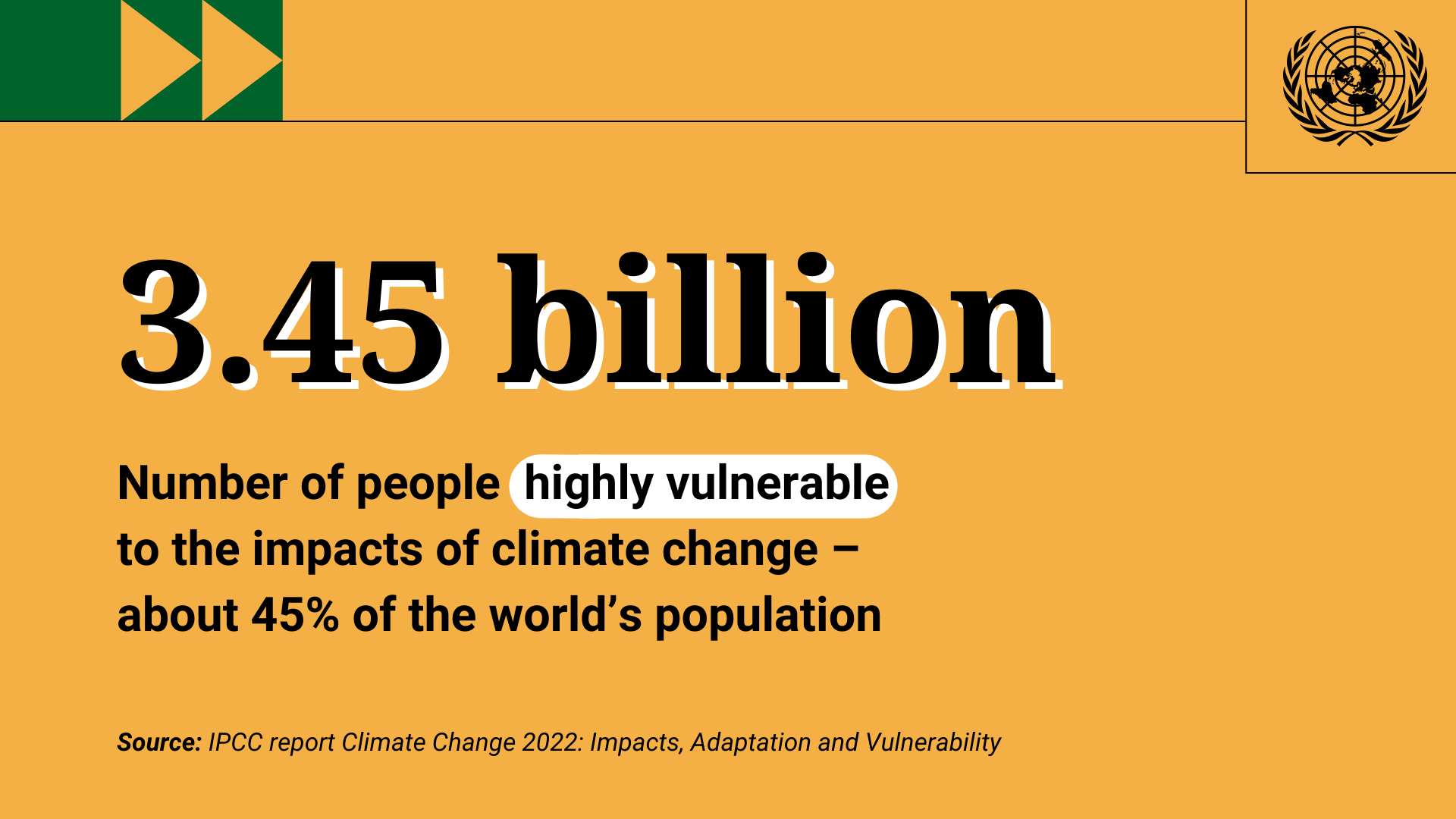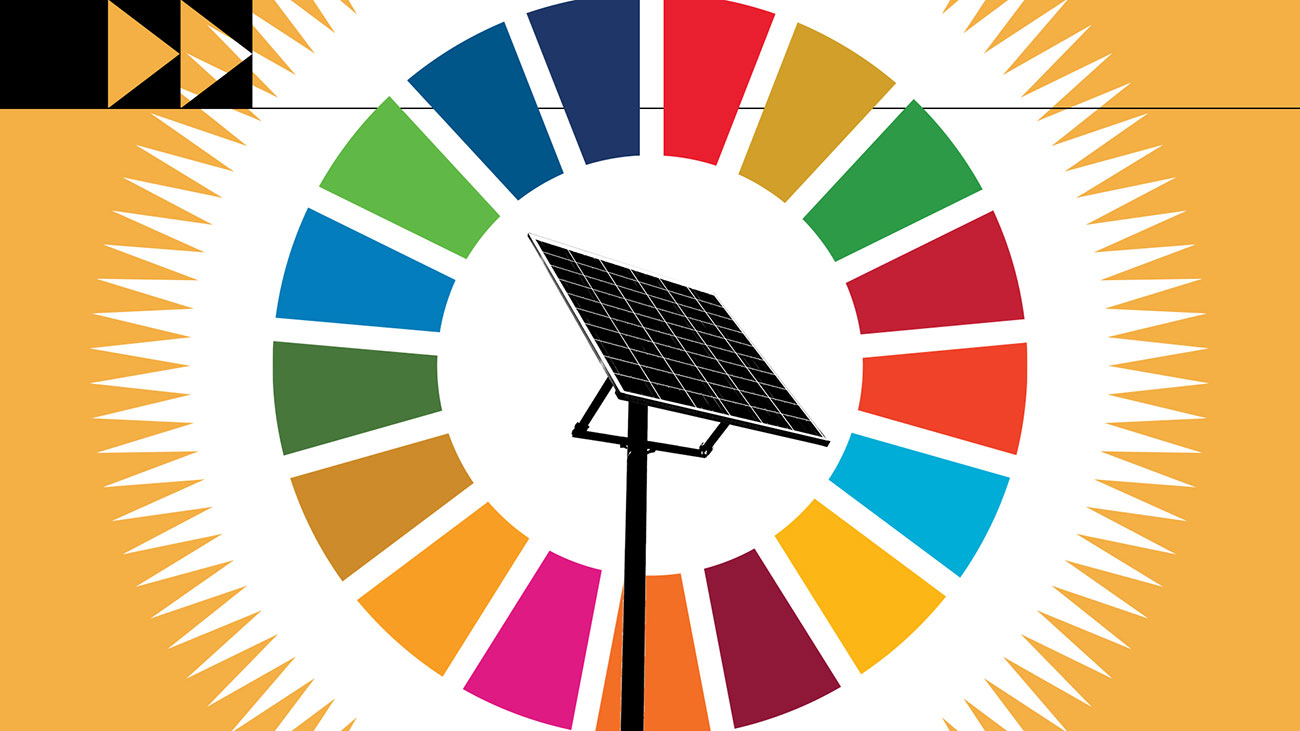IPCC Report on Impacts, Adaptation and Vulnerability:
Key Takeaways

On 28 February 2022, the Intergovernmental Panel on Climate Change released a major report on Impacts, Adaptation and Vulnerability - packed with scientific information on the state of the planet, its ecosystems and habitats as well as an overview of the challenges and solutions associated with the growing climate risks seen around the world.
Here’s our guide to the report - looking at the different impacts around the world, the ecosystems and communities that are most vulnerable, and why adaptation matters now more than ever - through the lens of the scientists who contributed to the report.
Cascading and compounding effects
The science is crystal clear. The impacts of climate change are increasing in frequency and intensity around the world, particularly life-threatening heatwaves, floods, storms and droughts.
Recent data shows that some of these events are happening simultaneously in one place, with rippling effects leading to further and longer-term impacts such as food insecurity, entrenched poverty and economic losses.
“We're seeing what we call cascading and compounding impacts. For example, the fires in the black summer in Australia, followed by floods and other extreme events. This is particularly worrying… and we expect these impacts to increase with further global warming,” says Kathryn Bowen (lead author).

From Australia to Africa, from mountains to the deep sea, the impacts of climate change are widespread and varied, affecting up to 3.6 billion people today who are considered to be living in climate hotspots across the globe. That’s nearly half the world’s population.
Vulnerability: Climate hotspots
Across Africa, agricultural productivity has declined by 34 per cent since 1961 due to climate change, more than in any other region. Moreover, by 2030, up to 116 million people in Africa could be exposed to sea-level rise.
In Asia, increasing floods, droughts and heat stress are expected to have adverse impacts on food availability and prices. Asian cities like those in India, that are already feeling the heat, will be home to 600 million people in the next 15 years - that’s twice the size of the United States, says Anjal Prakash (lead author).
“Cities in India are experiencing more heat stress, urban floods and other climate induced disasters such as cyclones. The cities have to be ready to face the new challenges and protect its people from the climate hazards.”

“Globally, glaciers are melting at an unprecedented rate, including in the Himalayas,” says Aditi Mukherji (coordinating lead author) adding that local communities who depend on the glaciers are increasingly affected, “even though these communities themselves are the least responsible for climate change.”
Similarly, the Arctic is experiencing “some of the greatest climate change impacts of our time,” says Sherilee Harper (lead author). “Our report shows how climate change will make the Arctic look and feel profoundly different by the year 2050.”
Terrestrial ecosystems like the Arctic permafrost help to remove carbon from the atmosphere. But as the permafrost thaws due to warming, the ecosystem shifts from being a carbon-sink to a carbon-source. Currently, the polar region is warming more than twice as fast as the global average.
The ocean, the world’s largest carbon-sink, is experiencing longer lasting heatwaves that are bleaching and destroying coral reefs, hurting marine life and seabirds, and leaving cascading impacts on coastal communities and biodiversity.
“The number of days that could be classified as marine heatwaves has increased more than 50 per cent in the past century,” says Simon Donner (lead author), pointing to the devastating impact on marine life which have “fewer places they can go to escape the heat.”
Small islands and coastal communities continue to bear the brunt - with intensifying marine heatwaves, rising sea-levels, coast erosion and flooding. In very low-lying places, extreme seal level events, which used to occur once a century, will happen more frequently by 2050.
“So according to the report, the sea-level rise will cause small islands like the Maldives to disappear and go underneath the sea,” warns Mahmood Riyaz (lead author). Despite the challenges, Maldivians “are very determined to stay, save and adapt to climate change until the very last breath,” he adds.

Uneven progress on adaptation
But how do we cope with these deeply disturbing trends? Science, technology and solutions exist. What is needed is adequate funding, technology transfer, political commitment and meaningful partnerships that can lead to more effective climate change adaptation and emissions reductions.
Today, despite the mounting risks and losses, progress on adaptation is uneven and there are increasing gaps between action taken and what is needed to deal with the increasing risks, says the report. The gaps are particularly large for low-income communities. For example, in cities, the gap is larger for the poorest 20 percent of the population than for the wealthiest 20 percent.
“As global warming progresses further, even more finance for adaptation will be needed in the future,” says Mark New (coordinating lead author). “It's very hard for local communities, especially the most vulnerable, to access financial support for local adaptation. One estimate for developing countries suggests that only about 10 to 15 percent of adaptation finance targets the most vulnerable people.”
In 2009, developed countries committed to $100 billion a year to support climate action in developing countries by 2020. But they have fallen short, leaving climate impacts to outpace the world’s efforts to adapt to them. In the meantime, recent estimates show that current adaptation costs for developing countries are $70 billion a year, and could rise to as much as $300 billion a year by 2030.
Moreover, investing in adaptation now would help the world avoid higher investments in the future because the potential benefits of adaptation outweigh their costs in the long term.
Nature’s untapped potential
There is increasing evidence that diverse and healthy ecosystems and rich biodiversity underpin human survival, regulating the climate, reducing the risks, and improving people’s lives. But only if we stop diminishing nature’s contributions to human well-being.
“Nature offers significant untapped potential to reduce climate risks, deal with its causes and improve people's lives and livelihoods. However, nature is also under significant pressure from biodiversity loss and ecological degradation in both rural and urban areas,” says Timon McPhearson (lead author).

The report identifies two combined sets of actions to reduce climate risks sustainably and achieve resilience - reduce human-induced greenhouse gas emissions drastically and transform our way of life fundamentally.
“The essential message of this report is one of hope,” says Rupa Mukerji. “We have a narrow window of opportunity, and they would still help us to deal with the impacts of climate change. So there's a sense of urgency, but also hope and optimism.”
Learn more about…

What is Climate Change?
The world is now warming faster than at any point in recorded history. Find out more about what is climate change, solutions and climate action.

The global talks
Learn about the Paris Agreement on climate change (including a take from Aidan Gallagher). Hear from climate leader Patricia Espinosa about the climate talks in Glasgow. Learn more here.

The science
See the latest research and analysis from the United Nations as well as climate action facts.

Net zero
Which countries are taking steps? Who are the biggest emitters? Our net-zero page explains why we need steep emissions cuts now and tracks country commitments to action.

Adaptation
What is climate adaptation? Why is it so important for every country? Find out how we can protect lives and livelihoods as the climate changes.

Finance
How will the world foot the bill? We explain the issues and the value of financing climate action.

Sustainable Development Goals
Climate action is a global goal. And it contributes to all other SDGs. Learn more.
